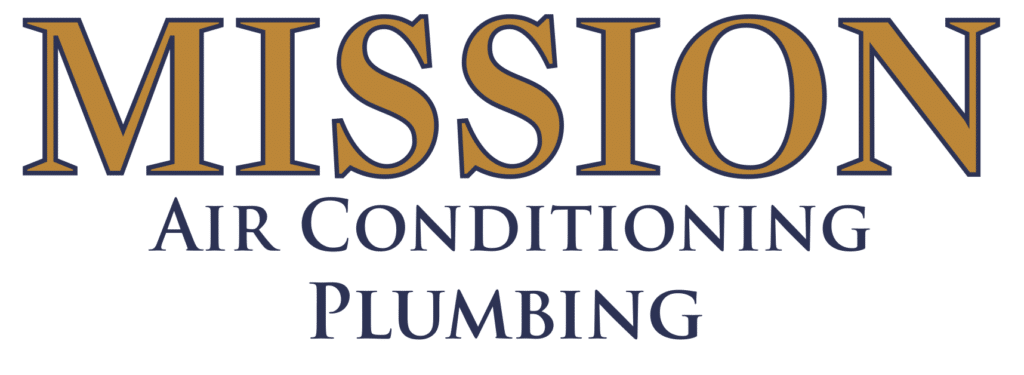Read and Review before you buy or sell: Why do AC & Furnace technicians believe the Nest learning Thermostat is bad? Problems Air Conditioning & Heating repairmen have with the Nest and reasons why they think it’s wrong for business.
 nest thermostat’s issue with furnace & air conditioning technicians
nest thermostat’s issue with furnace & air conditioning technicians
The Nest Learning thermostat is the sexiest item to be introduced into the HVAC industry in recent years. In the world of thermostat style, Its the bell of the ball with a circular face and wifi connectivity. Unmatched design simplicity that even a child can use while promoting efficiency improvements through a “set-it-and-forget-it” user experience like no other tstat available. Why then does your local HVAC company not want to be involved with the product? For an industry dominated by hard working techy engineers and good ol’boys wouldn’t this be a great partnership? Give some much needed spark to a relatively vanilla market place? Here are the primary reasons for frustration in your local contractor and why many prefer not to sell them. Reasons why HVAC companies and Nest are not yet getting along.
1. Compatibility – No, Nest is not for everyone. If you are considering buying the product make sure you use the compatibility checker first before you get stuck. Nest Labs made the decision to focus on providing an energy saving product whose original design features first targeted efficiency gains on standard single stage systems and a few other popular derivations. Yes, this is the largest swath of systems in the US but In the eyes of many Air Conditioning Contractors this would be like putting your grandmother on the same Steriod and HGH regiment as Alex Rodriguez. Of course she will be faster and stronger from the supplements but she’ll still get outrun by an 11 year old kid. When it comes to most homes there are typically much greater strides that can be made for the sake of efficiency beyond enhanced algorithms for turning the HVAC system on and off. Larger possible efficiency upgrades can be found in proper installation of high efficiency systems than just a fancy thermostat.
Though I don’t discount making sure your current system runs optimally it is still a matter of highest potential. Additionally for those systems that garner the greatest yield for homeowners are often times the systems that lose on the compatibility checker. Nest brand is built on energy efficiency but it does not always play well with the highest efficiency and most advanced comfort controls available. Technicians are at times faced with customers expecting them to just add the nest to a system that it was not intended for OR that can be added but without reaching full efficiency potential.
2. Do it Yourself Marketing – The Nest Learning Thermostat provides more marketing materials direct to consumers on how to perform installation themselves than most competitors. Clear materials and instructions that can often times make installation a simple process no harder than changing a light bulb….. Ok maybe it’s still a little harder than a lighbulb.
This Direct to Consumer “do-it-yourself” thrust has several implications for contractors. For one it bypasses them at the outset. Thus cutting into profits formerly given to HVAC companies. They would surely rather receive a cut in selling you the product themselves. To this, you could point out that thermostats have been available in ‘big box’ retailers like The Home Depot and Lowe’s for years. Though they’ve not been available at Best Buy or the Apple store before. You would be right this is just icing on the cake. More frustrating than missing on selling the product and/or installation is when an HVAC company is called out to a home where a customer has attempted installation but been unsuccessful. These types of calls are often times a nuisance to many HVAC types because often times it does not provide opportunity for much in the way of up-sales…. remember the customer just spent $250. Sure this could be considered a great opportunity for developing customer relationships further but to many this kind of work leaves the feeling that repair technicians are called out to play clean up for Nest.
3. Lower Margins – Furnace and Air Conditioning service or repair is historically a very high margin task. It would not be uncommon for retail HVAC companies to have gross margins in excess of 60% on many jobs requiring items like new capacitors, freon, control boards and yes you guessed it thermostats. Nest on the other hand initially came out with a price control policy. For contractors to be considered “nest certified” they were required to abide by Nest’s pricing structure. Additionally Nest did not offer larger discounts on the product itself compared to consumer pricing. Thus AC and furnace technicians were required to install thermostats for much lower margins. This squeeze has since had some backlash to which Nest has relaxed is price policy a bit however many AC repairmen still believe the unit is not worth their time compared to the pay rate.
 problem with the nest thermostat and HVAC industry
problem with the nest thermostat and HVAC industry
CONCLUSION
To Nest: Congratulations, you’ve successfully made an ugly home appliance sexy. You’ve also made a boatload of cash. If you want to keep that cash coming for the longterm then keep to the core principle of creating more efficient homes at the forefront. Better algorithms and more transparency to justify that the product you are selling actually has legit provable return on investment is the best current path but this is not the end. If you don’t stay on the edge, 10 steps further along than the tenured players you will inevitably get gobbled up as they catch you. I foresee that in the next 5 years there will be a watershed of sexier wifi compatible thermostats to cloud out your current glitter.
So how will you stay ahead? Be more active in the industry and learn from those closest to customers. Reach out to the boots on the ground. Respect them and listen. Show that you are working to correct the issues they face. You’ll make many more advocates out of those critics.
To HVAC Techs: Guys and Gals, relax. The Nest is not going anywhere at least for the foreseeable future. We need to learn how to harness the energy behind it. This may be a shock to you but I guarantee that Nest is also going to get better at compatibility. In many discussions I’ve been a part of people tend to think of the Nest as a static product that will never change and never get better. Remember, Nest Labs was founded in 2010. Honeywell on the other hand came into being in 1906!!!!!!!!!! They have over 100 years of wind at their back. Did they have the perfect communicating thermostat when people were still riding horses to work? Of course not. So take a breather, give your feedback to Nest Labs and instead of getting all worked up focus on something much more important, your customer. Keep your customers at the forefront of your thoughts. They are the key to your success, NOT nest. Think about what they need and how to best serve them.



